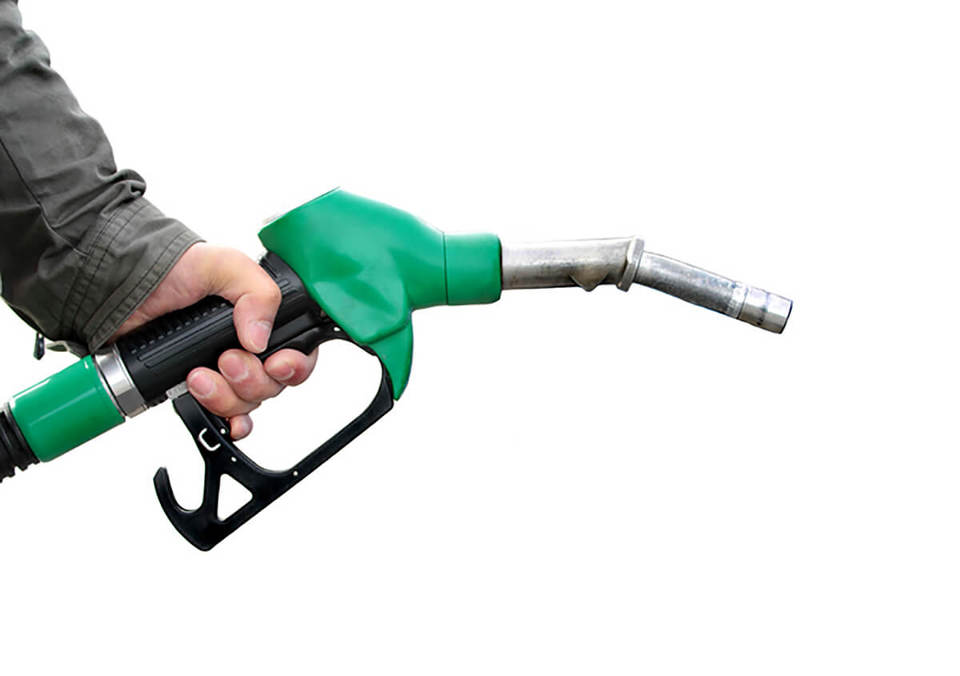Telematics plays two roles when it comes to driver behaviour: influencing styles and monitoring compliance.
Van fleet operators have plenty of choices. Some systems plug into the vehicle’s CANBus; others rely on GPS. Some put the emphasis on scheduling and utilisation; others are focused on safer driving.
Into the mix comes Ashwoods, the hybrid light commercial vehicle converter, with a new product which it claims offers unique features designed to increase the product’s immediate impact on driver behaviour.
Lightfoot is a driver behaviour system only. It combines real-time feedback to the driver with a management report for the fleet and uses the familiar red/amber/green traffic light system. Where it differs from other systems is its violation process.
Drivers are informed immediately if they breach the acceptable level of performance but if they then alter and improve their driving style, the fleet manager is not informed about the violation.
However, if they disobey the warning three times, then the infringement is flagged on the fleet manager’s report.
Consultant Gary Whittam, who has been working with Ashwoods on the Lightfoot product, believes this seemingly small point of difference with other telematics systems makes all the difference.
“It works better than other systems because it builds a relationship with the driver,” he says.
“The three-strike rule means that the driver can influence the result in a positive way because a report doesn’t immediately go straight to the fleet manager.”
He added: “The unions also like it because it builds drivers’ skills levels.”
The display sits on the instrument panel, specially designed to fit individual models’ layout. It shows real-time and long-term performance.
A first violation results in a female voice instructing the driver to “improve your driving style”– research shows that a female voice is the best way to get a driver’s attention, according to Whittam.
A second violation receives a “warning message”, while a third sees a “violation received” with a report sent to the fleet manager.
This approach ensures that the driver is not penalised for isolated inefficient incidents.
“The driver can influence 35% of the vehicle’s fuel use especially if they leave it in gear for longer,” he told Fleet Van.
“But it’s not about tackling the bottom 10% of worst drivers that gives you the savings. This group tends not to care and doesn’t listen.
"They have to be handled in a different way – it’s more disciplinary rather than a driving issue.
“It’s about the middle 60% of drivers who have average skills. They will improve the most.”

















Login to comment
Comments
No comments have been made yet.